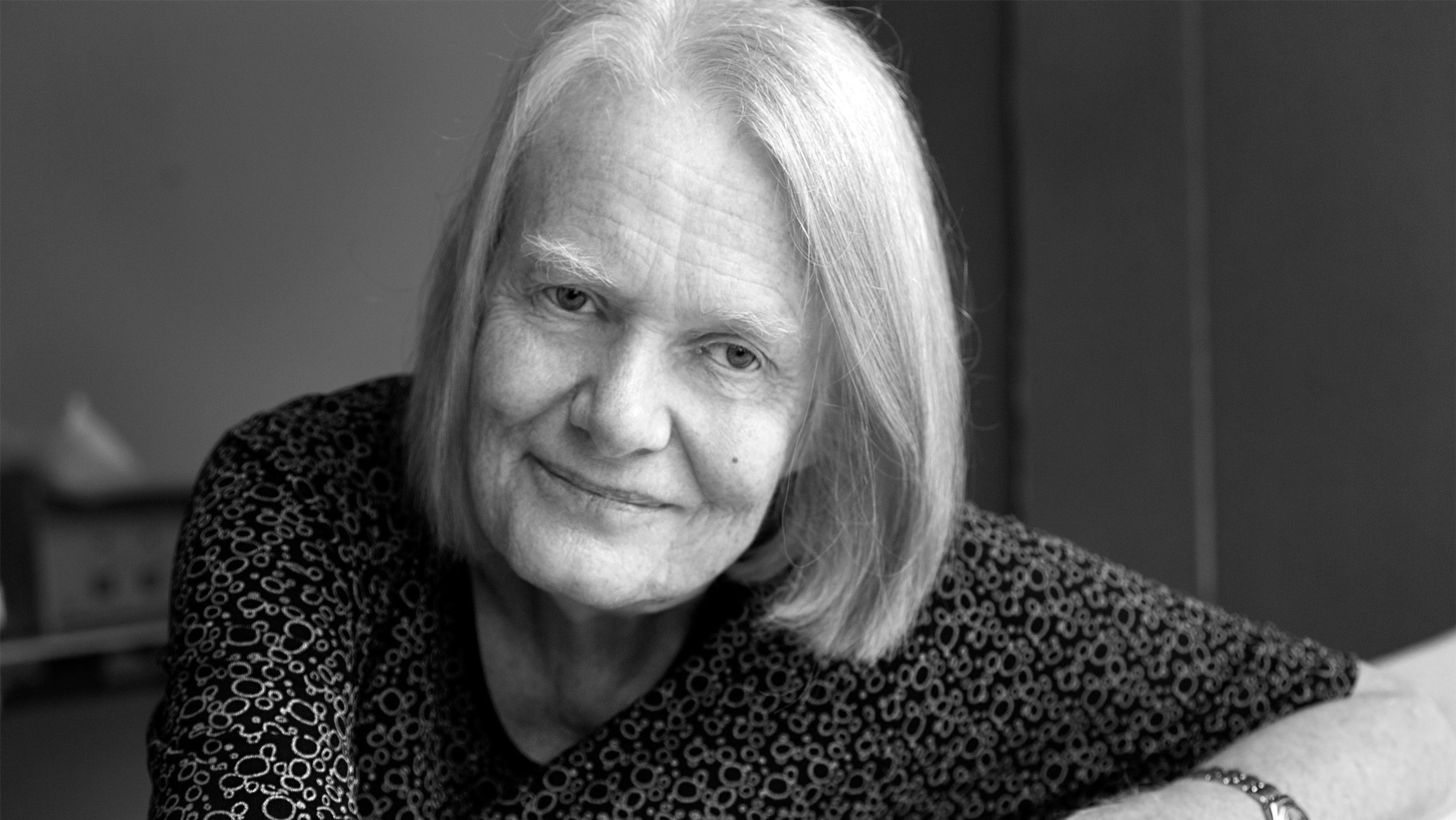May 2021
May 24, 2021 – David Zwirner is pleased to announce exclusive global representation of the Estate of Robert Ryman and of American artist Merrill Wagner. Ryman and Wagner were married in 1969, until Ryman’s death in 2019.
David Zwirner has stated, “I am thrilled to be working with Ethan, Will, and Cordy Ryman to promote their father’s legacy. Ryman, to me, is a singular artist, among the most important of his generation. I am looking forward to presenting his work in the context of our program. His work is in deep dialogue with many of the gallery’s artists, from Josef Albers and Giorgio Morandi to his peers Donald Judd, On Kawara, Fred Sandback, and Richard Serra. The work of Merrill Wagner equally situates itself within our program, in its nuanced attention to color, materials, to site and temporality, and I am especially honored to be working with her.” American artist Robert Ryman (1930–2019) is widely celebrated for his tactile monochromatic works, which he executed using a range of painterly media on various supports, including paper, canvas, linen, aluminum, vinyl, and newsprint. Emerging in the 1960s, Ryman eschewed self-contained representational and abstract imagery, instead giving precedence to the physical gesture of applying paint to a support. Unlike many of the artists and movements with which he is often associated, such as abstract expressionism and minimalism (labels to which he never subscribed), Ryman neither reveled in the emotive qualities of gesturalism nor sought to eradicate the painterly mark; rather, his works are novel and sensitive explorations of the visual, material, and experiential qualities of his media that exist in a dialogue with their surroundings. His lifelong commitment to working in shades of white and off-white served as a means of enhancing the specific and the mutable in the experience of his art, calling further attention to the nuances that distinguished one composition from another, and also drawing associations to conceptual art practices. As Roberta Smith has noted, “his art transcended labels by being expansive, intuitive, and richly reflective of the world, largely through its encyclopedic use of available materials.”
Since the 1960s, American artist Merrill Wagner (b. 1935) has created a distinctive body of work that is characterized by its expansive approach to abstraction and to painting. In its emphasis on the materiality and mutability of paint, her inventive work elides the categories of painting, relief, sculpture, and installation. Emerging at a time when minimalism and post-minimalism had superseded abstract expressionism as the dominant aesthetic idioms, Wagner both eschewed and embraced their primary concerns, creating rigorous, hard-edged abstract compositions that subtly referenced landscape. By the mid-1970s, influenced in part by Eva Hesse’s unconventional approach to materials, Wagner abandoned canvas and looked to nontraditional supports such as slate, steel, and stone as surfaces for color. These surfaces interested Wagner not only because of their textural appearance, but also because of their allusions to the natural world, resonant with her upbringing in the Pacific Northwest, and their inherent connection to process and chance. By integrating the support within the compositional logic of her works, ordering and joining fragments by adding exquisitely considered painted elements, at first in geometric formations and later in colorful, allover compositions, Wagner poetically mediates between the natural and the constructed. Extending her interest in process and the transformational effects of time, Wagner has also created a number of outdoor, site-specific interventions on unassuming locations, such as fences and rock outcroppings, left unprotected from the elements to fade over time.
Image: Merrill Wagner, One Square Equals Three Blues, 2013
